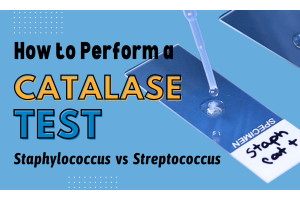Enlisting AI for Drug Discovery
Bacteria are becoming more resistant to drugs while pharmaceutical companies are slowing their antibiotic research. Due to low profits and high time consumption, there are fewer drugs discovered and manufactured by drug companies.(1) Methicillin-resistant Staphylococcus aureus (MRSA), carbapenem-resistant Enterobacterales (CRE), and multidrug-resistant Pseudomonas aeruginosa infections are a major concern with limited treatment options. Treatment is difficult when fewer effective drugs remain and companies are unwilling to invest in developing antibiotics that will quickly become inactive against pathogens.
Recognizing the lull in upcoming antibiotics to treat resistant bacteria, a team at MIT taught a machine to search for antibiotic candidates. This artificial intelligence (AI) computer generated millions of future possible antibiotics based on their molecular structures and distinction from current antibiotics. The basis for this algorithm is recognizing novel structures, instead of synthesizing different beta-lactams. As a result, bacteria will have no existing resistance mechanisms.
The machine discovered an especially promising antibiotic called Halicin, which was initially used to treat diabetes. Halicin was named after the dastardly computer depicted in the movie, 2001: A Space Odyssey.

Halicin has successfully killed CRE isolates from patients and treated Clostridium difficile and Acinetobacter baumannii infections in rats. (2)
Halicin showed remarkable activity against drug-resistant strains of Clostridium difficile, Acinetobacter baumannii, Methicillin Resistant S. aureus, and Mycobacterium tuberculosis, with an unusual mechanism of action involving the sequestration of iron inside the bacterial cells, that thereby interferes with their ability to regulate the pH balance across the cell membrane properly. Since this is a different mode of action from most antibiotics, Halicin retained activity against bacterial strains resistant to many commonly used drugs.
Preliminary studies suggest that Halicin kills bacteria by disrupting their ability to maintain an electrochemical gradient across their cell membranes. This gradient is necessary, among other functions, to produce ATP (molecules that cells use to store energy); if the gradient breaks down, the cells die. This type of killing mechanism could be difficult for bacteria to develop resistance.
Patients with a positive reading on HardyCHROM MRSA, HardyCHROM CRE, or NG-Test CARBA 5 may soon be treated with Halicin. The artificial intelligence technology has great potential to treat more patients by cutting down the time and money it takes to identify active compounds. Halicin and other AI-derived drugs can save lives that would be in jeopardy if sole dependence on pharmaceutical companies continues. This encourages further development and investment in efficient antibiotic progress against ever-evolving bacteria.
Elizabeth Smith
Technical Support Microbiologist I







